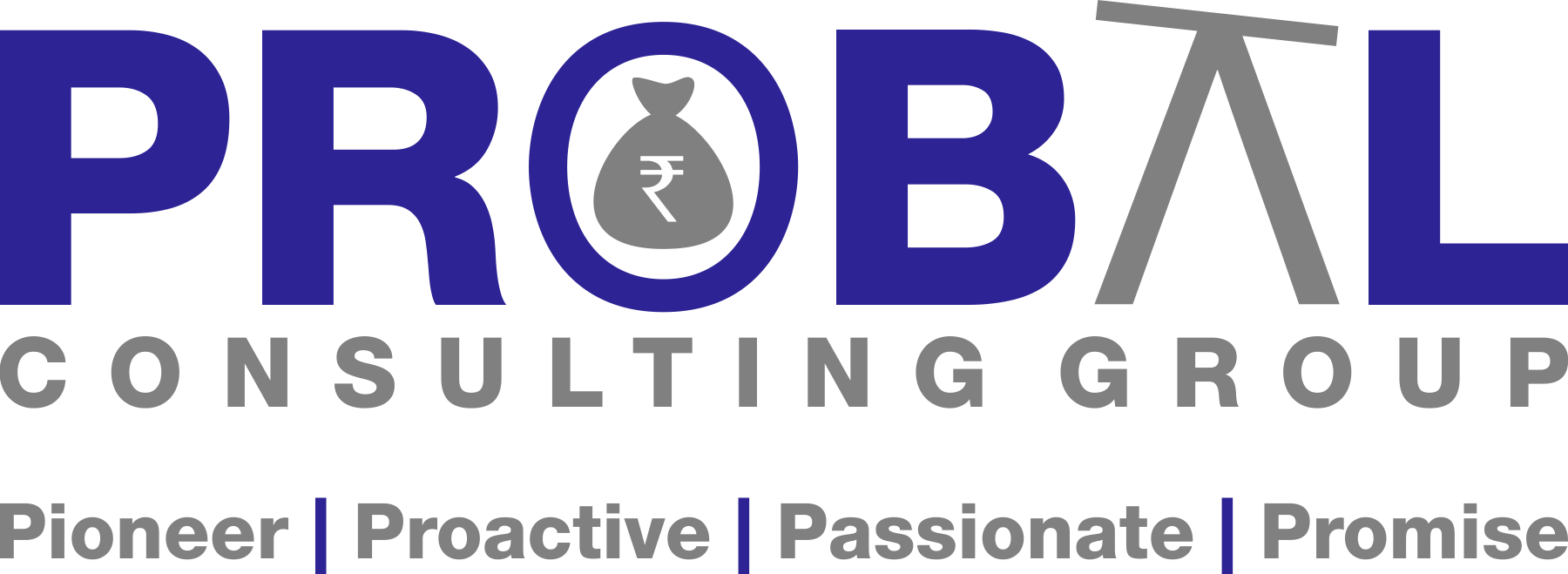

If you are a regular investor in various investment options that offer dividends, you might have heard of Form 15 G and Form 15H. If your tax liability is zero, these forms can help you save TDS (Tax Deducted at Source). As per the new rules that kicked in from 01 April 2020, dividends on such investment options will be taxed in investors’ hands.
So it becomes critical for you to know about Form 15G and Form 15H as they can help you save a lot of Tax.
Let’s understand them in a bit of detail.
Why these forms became necessary?
Before the new laws kicked in from 01 April 2020, mutual funds used to levy Dividend Distribution Tax (DDT). The Tax was charged at the rate of 29.12% on the non-equity based schemes and at the rate of 11.64% for the equity-based scheme. This made such dividends tax-free in the hands of Investors. But as the Finance Act 2020 was implemented, DDT was abolished. So from 01 April 2020, dividends in the hands of investors are not free, and they are taxed as per the investor’s tax slab.
How is the dividend taxed?
As per the Finance Act 2020, if the dividend in the hands of investor exceeds INR 5000 in a Financial Year, it will be taxed at 7.5%. But it is important to note that this rate is applicable only if the investor has valid PAN registration with the Registrar and Transfer Agent.
If the PAN is not registered with the RTA, the dividend will be taxed at 20%.
If the income from dividend is below INR 5000, then no TDS will be deducted.
How Form 15 G and Form 15 H can help?
If you feel that your Tax liability will be zero in the particular Financial Year, then Form 15 G and Form 15 H can help you save your TDS.
How to obtain & submit form 15 G and Form 15 H?
Form 15 G and Form 15 H can be easily downloaded from the websites of your Registrar and Transfer agent. They are also available on the website of the mutual funds in which you are investing. All you have to do is download these forms, fill them and submit them with at your RTA’s office.
Apart from this physical process, you can also submit your Form 15 H and Form 15 G in the Digital form. It is vital to note that you will have to submit these forms in every Financial Year.
Author’s note
It is critical to note that submitting these forms doesn’t free you from the responsibility of filing your Income Tax Returns. By submitting this form, you are making a self-declaration that your tax liability is nil. If your income remains taxable even after claiming these deductions, you will have to pay the Income Tax as per your Tax Slab.
If you are a regular investor in various investment instruments, it is crucial to managing your accounts and books efficiently. Any erroneous information submitted to the Income Tax Department might attract legal notice and penalty. So it’s better to hire some expert who can help you with your Income Tax returns and wealth management.
Would you like to know how we can help you optimize and save more Income Tax?
Let us know in the comment section, and we will be happy to help!
Probal Consulting Group is a leading Taxation, Accounting, and Compliance firm that helps individuals, MSMEs, and other businesses manage their accounting, taxation regulatory compliance affordably.


